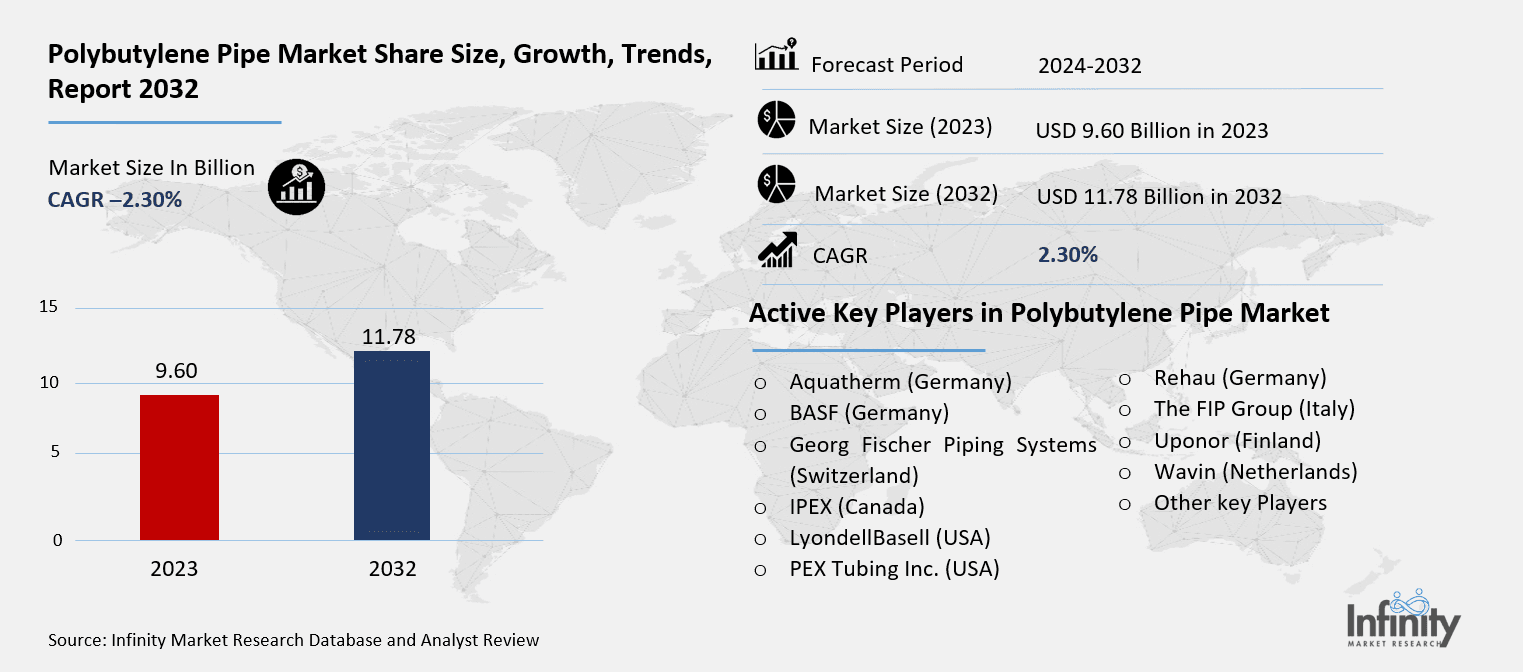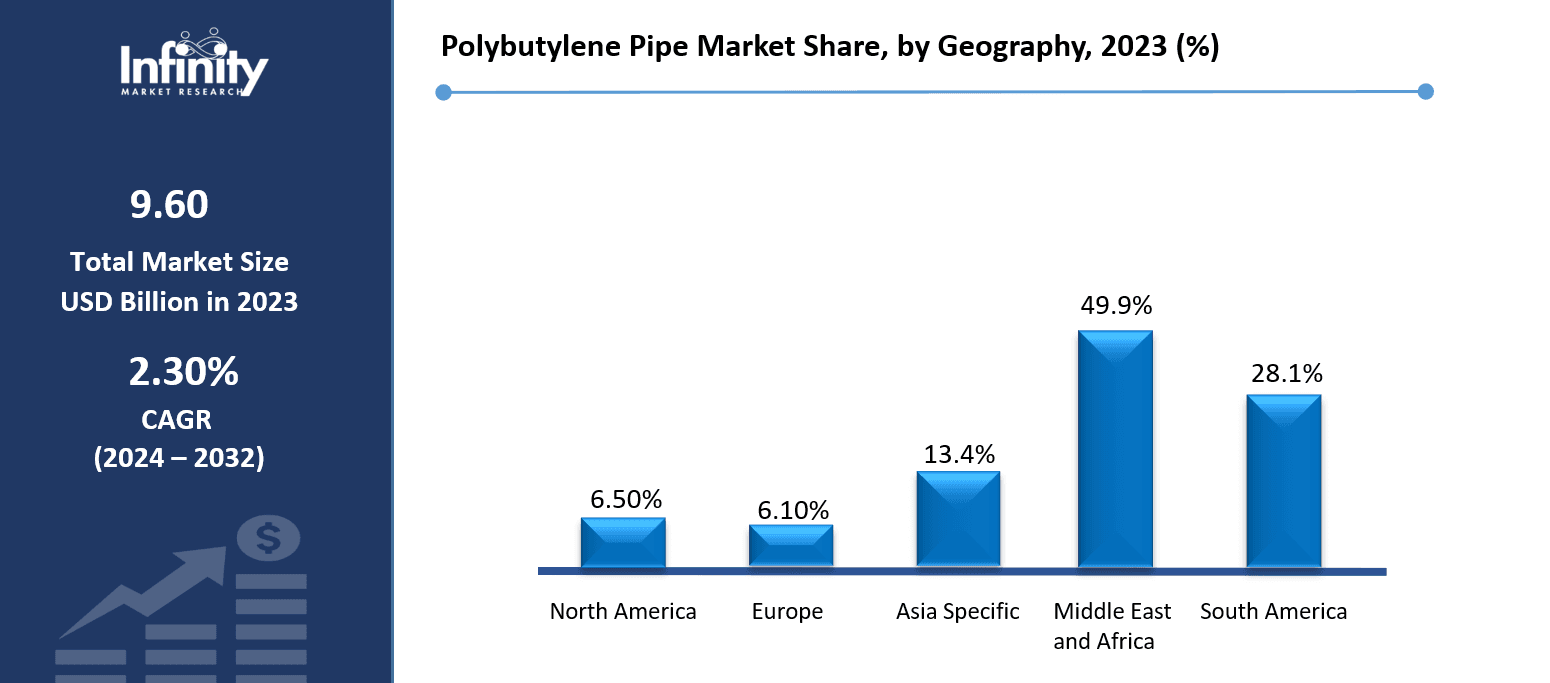
🔐 Secure Payment Guaranteed
Safe checkout with trusted global payment methods.
🌟 Why Choose Infinity Market Research?
At Infinity Market Research, we dont just deliver data — we deliver clarity, confidence, and competitive edge.
In a world driven by insights, we help businesses unlock the infinite potential of informed decisions.
Here why global brands, startups, and decision-makers choose us:
Industry-Centric Expertise
With deep domain knowledge across sectors — from healthcare and technology to manufacturing and consumer goods — our team delivers insights that matter.
Custom Research, Not Cookie-Cutter Reports
Every business is unique, and so are its challenges. Thats why we tailor our research to your specific goals, offering solutions that are actionable, relevant, and reliable.
Data You Can Trust
Our research methodology is rigorous, transparent, and validated at every step. We believe in delivering not just numbers, but numbers that drive real impact.
Client-Centric Approach
Your success is our priority. From first contact to final delivery, our team is responsive, collaborative, and committed to your goals — because you re more than a client; you re a partner.
Recent Reports
Global Myopia Control Lenses Market Report 2025-33
Hyaluronic Acid-based Dermal Fillers Market Report
Polybutylene Pipe Market
Polybutylene Pipe Market Global Industry Analysis and Forecast (2024-2032) By Type (PB-1, PB-2, PB-3), By Application (Residential, Commercial, Industrial, Infrastructure), By End-User (Plumbing, Heating Systems, Water Distribution, Gas Distribution) and Region
Feb 2025
Manufacturing
Pages: 139
ID: IMR1756
Polybutylene Pipe Market Synopsis
Polybutylene Pipe Market Size Was Valued at USD 9.60 Billion in 2023, and is Projected to Reach USD 11.78 Billion by 2032, Growing at a CAGR of 2.30 % From 2024-2032.
Polybutylene pipes are pipes made of polybutylene, a flexible plastic that does not corrode and is resistant to chemical disintegration. These pipes are widely employed in domestic, public, and other utility purposes for the conveyance of water/in Water distribution, plumbing and heating purposes. Polybutylene pipes were commonly used because this material was cheap and could be easily used for the pipe’s installation, but present drawbacks are related to pipe degradation when contacted with chlorinated water.
Polybutylene Pipe market continues to grow rapidly due to the growing demand for cost effective, light and corrosion resistant piping systems in residential and commercial/end user segments as well as in industries. Cooperating mainly with water and gas distribution networks, these pipes are widely used. The growth of the market is attributed to the increasing demand for infrastructural development and upgrade across the developed and the emerging world.
However, there are some issues that affected the market; the principal one is connected with the exhaust of polybutylene pipes’ quality, particularly in areas that have chlorinated water. There is also a shift of preference to more durability in the market which could slow growth in some geographic regions.
Polybutylene Pipe Market Outlook, 2023 and 2032: Future Outlook

Polybutylene Pipe Market Trend Analysis
Shift Towards Durable Alternatives
An emerging trend in the Polybutylene Pipe market is the current market trend of changing to materials that are more durable because of the Polybutylene pipes’ deteriorating quality. However, there is a trend towards more friendly and similar material such as PEX (cross-linked polyethylene) in modern construction. Also, there is a growing concern for environmentally friendly products in construction work which affects this transference for what people consider more reliable, durable building materials.
Also, with the rising tide for infrastructure projects in the emerging markets, especially Asia Pacific and Latin America, polybutylene pipes are still widely used in application such as large-scale water distribution systems. Nevertheless, improvement in regulatory standards with regard to pipe materials might pose a threat to polybutylene market share as more modern technologies and materials appear on the market.
Demand for Cost-Effective Plumbing Solutions
The factors that would propel the polybutylene pipe market include: increasing penetration and demand of affordable and lightweight material in pipe systems. The Polybutylene pipes do not cost much, are easy to install, have low labour charges, do not scale and corrode easily; hence are suitable for residential and commercial buildings. This has led to its use in many low-cost housing and other large infrastructural projects as well.
The second factor is the increase in infrastructure spending in developing nations of the world. As Asia Pacific and other regions become more urbanized, polybutylene pipes offer a feasible and cheap manner of bringing water networks to populations. The likewise rise in the government plans and policies to improve water management also has its impact to the rising adoption of polybutylene pipes especially in construction and infrastructure.
Concerns Over Long-Term Durability with Chlorinated Water
This is a very serious limitation because polybutylene pipes can corrode if exposed to chlorinated water. That has led to uncertainty over the durability and safety of these pipes especially in places where there is high usage of chlorine in water. This has caused their use and therefore preference of other materials namely PEX to be reduced.
Another problem may be observed in the sphere of plumbing materials, where tendencies towards higher legalization of the industry accompanied by the changing concern over the health hazards of polybutylene pipes usage. With the increased regulatory changes and control on use of material in water systems, the PB pipe market is constrained by more compliant and durable materials, suggesting a reduced growth in some regions.
Infrastructure Growth in Developing Regions
Depending on the new constructions and infrastructure development in the emerging markets have vast potential for the Polybutylene Pipe market. As urbanization increases, requirements for easy installation, low cost, and high efficiency of water distribution systems provide polybutylene pipes with potential opportunities in emerging markets. Further, as the governments remain committed to spending money more on water infrastructure, the large-scale developments are likely to use polybutylene pipes.
In addition, technological development in the pipe manufacturing process, including alteration in the type of material used in pipe production, provide a chance to increase the service life and efficiency of the polybutylene pipes. Technological advancements intended for rectifying the issues concerning chlorination and degradation could assist in the reclaiming of the market for PB pipes and improve its useful life in different markets.
Polybutylene Pipe Market Segment Analysis
Polybutylene Pipe Market Segmented on the basis of By Type, By Application and By End-User.
By Type
o PB-1
o PB-2
o PB-3
By Application
o Residential
o Commercial
o Industrial
o Infrastructure
By End User
o Plumbing
o Heating Systems
o Water Distribution
o Gas Distribution
By Region
o North America (U.S., Canada, Mexico)
o Eastern Europe (Bulgaria, The Czech Republic, Hungary, Poland, Romania, Rest of Eastern Europe)
o Western Europe (Germany, UK, France, Netherlands, Italy, Russia, Spain, Rest of Western Europe)
o Asia Pacific (China, India, Japan, South Korea, Malaysia, Thailand, Vietnam, The Philippines, Australia, New-Zealand, Rest of APAC)
o Middle East & Africa (Turkey, Bahrain, Kuwait, Saudi Arabia, Qatar, UAE, Israel, South Africa)
o South America (Brazil, Argentina, Rest of SA)
By Type, PB-1 segment is expected to dominate the market during the forecast period
Polybutylene pipes are categorized into three types based on their properties and applications: PB-1, PB-2, and PB-3. PB-1 is recommended for low pressure systems such as cold-water system while PB-2 is for high pressures. PB-3 is used within gas distribution networks where greater wear and tensile strength are needed. The specificity of each is in the construction and therefore their application depends primarily on the requirements for pressure and durability of the project.
By Application, Residential segment expected to held the largest share
Polybutylene pipes are currently used in many areas of application. In the residential segment it is mainly used to do the plumbing and water supply system works. The building and construction application is in business estates, offices, and malls all of which require water supply systems. Examples are usage in industries such as factories, processing plants among others, infrastructure application in which water and gases are distributed out to the cities and municipalities among others. These polybutylene pipes are favored across these varied segments due to flexibility of the application.
Polybutylene Pipe Market Regional Insights
Europe is Expected to Dominate the Market Over the Forecast period
The largest market share in the Polybutylene Pipe is in the Europe region. The distribution system of the region is fairly defined and the poly butylene pipes have also been used extensively as a result of their cheap and easier to install than other pipes. Nonetheless, because of emerging questions concerning the sturdiness of the material over the polybutylene pipes’ service life, Europe is observing a gradual evolution to other materials that include PEX and CPVC even though polybutylene remains a favorite in certain parts of the continent.
The European environment is strictly regulated and recent years have seen an emphasis on improving on the durability of the materials used in the water systems. This has, however, given birth to newer technologies and materials that may form the stiff competition to polybutylene pipes in the near future. However, the situation is sustained by the existent large number of installations and the constant need for affordable piping all over Europe.
Polybutylene Pipe Market Share, by Geography, 2023 (%)

Active Key Players in the Polybutylene Pipe Market
o Aquatherm (Germany)
o BASF (Germany)
o Georg Fischer Piping Systems (Switzerland)
o IPEX (Canada)
o LyondellBasell (USA)
o PEX Tubing Inc. (USA)
o Rehau (Germany)
o The FIP Group (Italy)
o Uponor (Finland)
o Wavin (Netherlands)
o Other key Players
Global Polybutylene Pipe Market Scope
|
Global Polybutylene Pipe Market | |||
|
Base Year: |
2023 |
Forecast Period: |
2024-2032 |
|
Historical Data: |
2017 to 2023 |
Market Size in 2023: |
USD 9.60 Billion |
|
Forecast Period 2024-32 CAGR: |
2.30 % |
Market Size in 2032: |
USD 11.78 Billion |
|
Segments Covered: |
By Type |
· PB-1 · PB-2 · PB-3 | |
|
By Application |
· Residential · Commercial · Industrial · Infrastructure | ||
|
By End-User |
· Plumbing · Heating Systems · Water Distribution · Gas Distribution | ||
|
By Region |
· North America (U.S., Canada, Mexico) · Eastern Europe (Bulgaria, The Czech Republic, Hungary, Poland, Romania, Rest of Eastern Europe) · Western Europe (Germany, UK, France, Netherlands, Italy, Russia, Spain, Rest of Western Europe) · Asia Pacific (China, India, Japan, South Korea, Malaysia, Thailand, Vietnam, The Philippines, Australia, New-Zealand, Rest of APAC) · Middle East & Africa (Turkey, Bahrain, Kuwait, Saudi Arabia, Qatar, UAE, Israel, South Africa) · South America (Brazil, Argentina, Rest of SA) | ||
|
Key Market Drivers: |
· Increasing Infrastructure Investments in Emerging Markets | ||
|
Key Market Restraints: |
· Stricter Regulatory Standards and Safety Concerns | ||
|
Key Opportunities: |
· Technological Advancements in Pipe Durability | ||
|
Companies Covered in the report: |
· Georg Fischer Piping Systems (Switzerland), Aquatherm (Germany), BASF (Germany), Wavin (Netherlands), Uponor (Finland), PEX Tubing Inc. (USA), The FIP Group (Italy), Rehau (Germany), IPEX (Canada), LyondellBasell (USA) and Other Major Players. | ||
📘 Frequently Asked Questions
1. What would be the forecast period in the Polybutylene Pipe Market research report?
Answer: The forecast period in the Polybutylene Pipe Market research report is 2024-2032.
2. Who are the key players in the Polybutylene Pipe Market?
Answer: Georg Fischer Piping Systems (Switzerland), Aquatherm (Germany), BASF (Germany), Wavin (Netherlands), Uponor (Finland), PEX Tubing Inc. (USA), The FIP Group (Italy), Rehau (Germany), IPEX (Canada), LyondellBasell (USA) and Other Major Players.
3. What are the segments of the Polybutylene Pipe Market?
Answer: The Polybutylene Pipe Market is segmented into By Type, By Application, By End-User and region. By Type, the market is categorized into PB-1, PB-2, PB-3. By Application, the market is categorized into Residential, Commercial, Industrial, Infrastructure. By End-User, the market is categorized into Plumbing, Heating Systems, Water Distribution, Gas Distribution. By region, it is analyzed across North America (U.S.; Canada; Mexico), Eastern Europe (Bulgaria; The Czech Republic; Hungary; Poland; Romania; Rest of Eastern Europe), Western Europe (Germany; UK; France; Netherlands; Italy; Russia; Spain; Rest of Western Europe), Asia-Pacific (China; India; Japan; Southeast Asia, etc.), South America (Brazil; Argentina, etc.), Middle East & Africa (Saudi Arabia; South Africa, etc.).
4. What is the Polybutylene Pipe Market?
Answer: Polybutylene pipes are pipes made of polybutylene, a flexible plastic that does not corrode and is resistant to chemical disintegration. These pipes are widely employed in domestic, public, and other utility purposes for the conveyance of water/in Water distribution, plumbing and heating purposes. Polybutylene pipes were commonly used because this material was cheap and could be easily used for the pipe’s installation, but present drawbacks are related to pipe degradation when contacted with chlorinated water.
5. How big is the Polybutylene Pipe Market?
Answer: Polybutylene Pipe Market Size Was Valued at USD 9.60 Billion in 2023, and is Projected to Reach USD 11.78 Billion by 2032, Growing at a CAGR of 2.30 % From 2024-2032.


🔐 Secure Payment Guaranteed
Safe checkout with trusted global payment methods.
🌟 Why Choose Infinity Market Research?
- Accurate & Verified Data:Our insights are trusted by global brands and Fortune 500 companies.
- Complete Transparency:No hidden fees, locked content, or misleading claims — ever.
- 24/7 Analyst Support:Our expert team is always available to help you make smarter decisions.
- Instant Savings:Enjoy a flat $1000 OFF on every report.
- Fast & Reliable Delivery:Get your report delivered within 5 working days, guaranteed.
- Tailored Insights:Customized research that fits your industry and specific goals.




